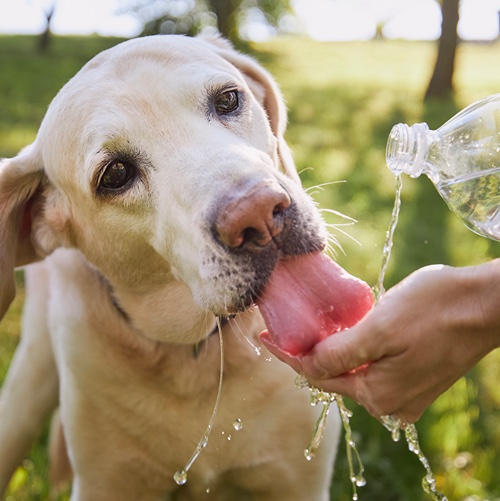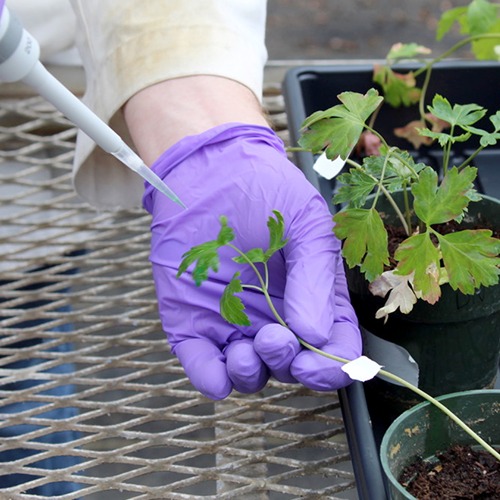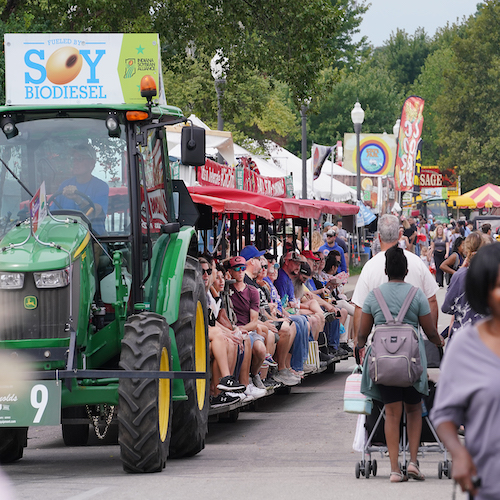Purdue University’s Midwestern Regional Climate Center (MRCC) has launched its new interactive chilling hours tool. Growers now can more closely monitor accumulated chilling hours, an important factor that tracks how long fruit plants have been exposed to an ideal range of cool temperatures throughout the dormant season.
The tool utilizes hourly data from hundreds of weather stations in all 50 U.S. states. Other organizations offer chilling-hour maps, but they typically limit the temperature range to between 32 and 45 degrees Fahrenheit, said Melissa Widhalm, the MRCC’s associate director and regional climatologist. Some crops, however, respond better when exposed to different temperature ranges during the dormant season.
“What’s unique about this tool is the amount of customization you can do,” Widhalm said. Some tools force a particular starting date for accumulation and tally up the chilling hours for the rest of the season. “We let you select the accumulation start and end date. You can pick your temperature ranges. That’s how you can narrow the tool to deliver the exact data you need for a specific plant species or variety.”
The tool, a collaboration between the MRCC and the U.S. Department of Agriculture’s
Midwest Climate Hub, is the most recent in a series that includes a Freeze Date Tool, a Snowfall Climatology Toolbox and other Ag-Climate Tools.
“This project is part of a collaboration between the climate hub and MRCC to continue developing tools and data for a variety of agricultural and food production applications in the Midwest,” said Dennis Todey, director of the USDA Midwest Climate Hub. “In this case we are developing information for a less-served audience, perennial fruit growers. Through partnerships we are able to expand the capabilities of various partners to better serve stakeholders in the region.”
Accumulating the optimal number of chilling hours too soon or too late, or failing to reach the chilling hour target at all, could have negative implications for the timing of spring plant growth and overall fruit quality.
Each type of fruit plant or its varieties has its own chilling hour requirements. Blackberries need from 200 to 500 hours, for example, while raspberries require 700 to 800 hours. During a mild winter, an apple variety needing 800 chilling hours may achieve that mark by mid-February. If a long enough warm spell then sets in, the tree would begin its process of losing cold hardiness and break out of dormancy.
“But if it’s only mid-February, here in the Midwest you’re going to get freeze events in March and April. This would potentially leave trees vulnerable to cold damage,” Widhalm observed.
“If you’re a grower and you know that your tree could break dormancy earlier than you want, you can take preventative measures.” These measures include spraying plants or turning on large fans to mix the air to increase the temperature.
In the fall, when temperatures get colder and the days become shorter, plants enter their dormancy stage, said Amaya Atucha, associate professor and the Gottschalk Endowed Chair of Cranberry Research in Plant and Agroecosystem Sciences at the University of Wisconsin-Madison. “Even when external conditions for growing are present, there will be no growth because they are dormant. An internal physiological mechanism is preventing them from growth.”
Plants use this strategy to survive the winter, especially in temperate climates, Atucha said. “To break out of this dormancy, plants need to be exposed to a specific range of temperatures for a certain amount of time, what we refer to as ‘chilling.’”
After this chilling period, the plants need warmer temperatures, typically more than about 50 degrees Fahrenheit, to promote budding and resume growth in the spring.
“We don’t know exactly what’s happening. This is still a very active area of research,” Atucha noted. Plant scientists do know that during chill accumulation, something partly breaks down the internal mechanism that prevents bud growth.
But after the plants have accumulated enough chilling, the buds only need warm temperatures to begin budding. The chilling tool can help growers figure out what dormancy stage their trees have reached.
The tool is based on hourly temperature values recorded at stations in the Automated Surface Observing Systems and the Automated Weather Observing System.
Because of funding issues, large gaps in the data exist from the mid-1960s to the early 1980s. Dates from stations missing more than three hourly observations in 24 hours are omitted from accumulation totals.
The MRCC receives chilling-hour data requests fairly regularly, Widhalm noted. Users already had access to chilling-hour data from the center’s cli-MATE database. But that database is more difficult to use, and it doesn’t display results on a regional map.
“We want to make this easy and accessible because this is everybody’s data,” said Purdue’s Beth Hall, director of both the Indiana State Climate Office and MRCC. “These are publicly funded datasets that you’ve already paid for. Therefore, we want to ensure that everyone can freely benefit from the information the data provides. And that these resources are easy to find and easy to use.”






